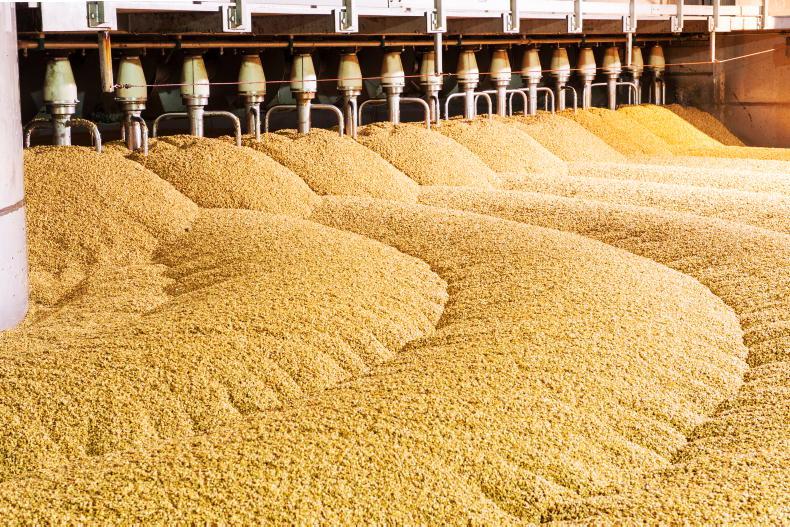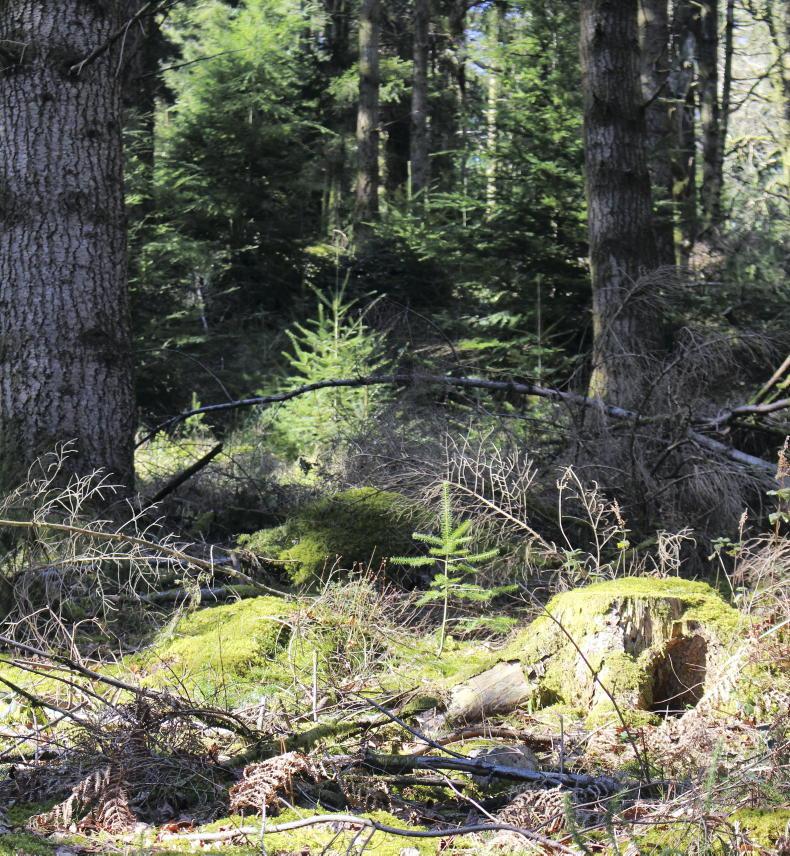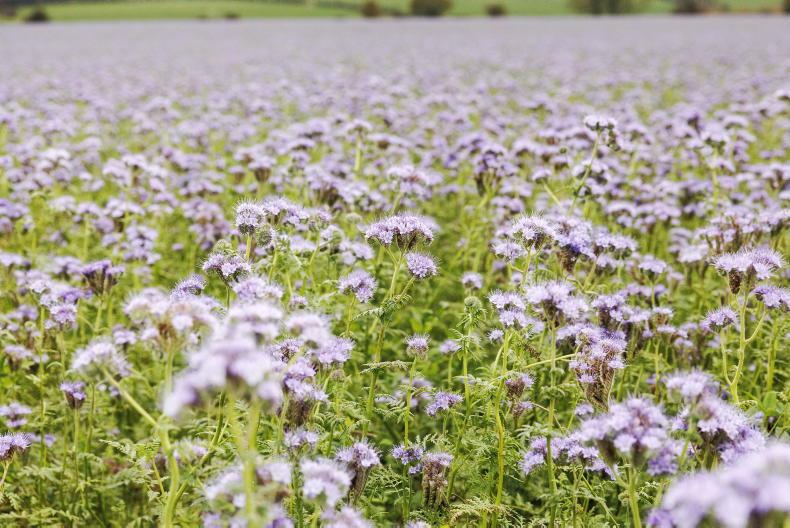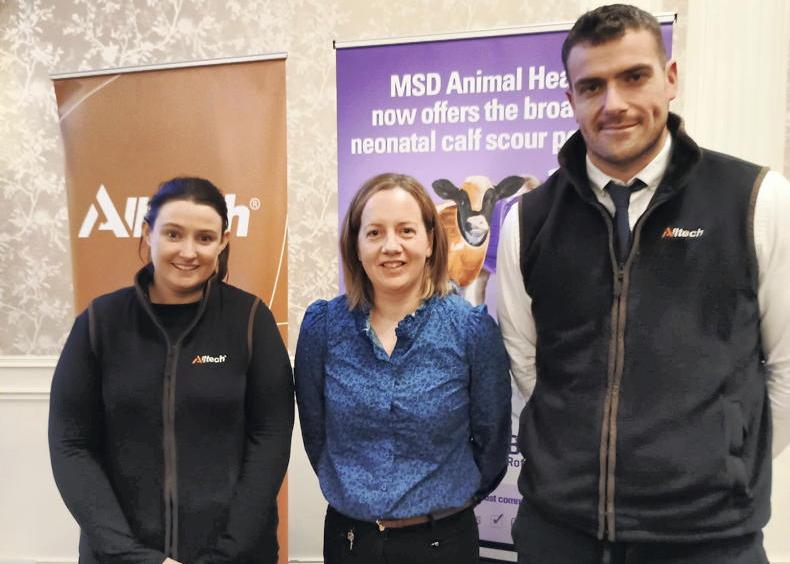The carbon sequestering potential of Ireland’s farmed grasslands are underestimated by “about 100%” in the Environmental Protection Agency’s (EPA’s) national emissions inventory, according to Teagasc gaseous emissions researcher Gary Lanigan.
“The one thing we are pretty sure will change will probably be the baseline numbers,” Lanigan told attendees of a carbon farming webinar hosted by MEP and dairy farmer Colm Markey.
“So, for example, currently in our national inventory grassland on mineral soils is assumed to sequester about half a tonne of CO2 per hectare per year.
“Right, now, that value from the measurements we have made on a number of different farms – that value is too low. It is probably underestimated by about 100%,” he said.
The emissions value apportioned to blanket bogs may be too high also, Lanigan went on to claim, adding that this change did not affect the values given to raised bogs.
As these sequestration values increase in the national inventory, the baselines value from which changes are being monitored will increase as well, Lanigan added.
Soil stocks
The webinar also heard that different carbon stocks had different relative values to biodiversity.
The carbon stored in hedgerows and soils were of a higher value to nature, for example, when compared to that stored in Sitka spruce monocultures, the attendees heard.
The actual soil will only take so much
Different soil types have different carbon storing capacities but eventually, any soil type would no longer have the ability to sequester carbon, the researcher also stated.
“The actual soil will only take so much – if you would literally think of it like a sink – a sandy soil is like a wash hand basin, a clay soil is like a bath and a peat soil is like a swimming pool – but ultimately, those sinks will fill up,” he said.
Farming carbon
The attendees were told that carbon-friendly land uses would not necessitate a complete cessation of the production-orientated elements of their farming systems.
A change to management practices that would still allow conventional agricultural activities to continue alongside carbon farming.
One example cited by Lanigan was the partial rewetting of peatlands, rather than a full rewetting land use change.
“We do not have to necessarily have to completely rewet that grassland or cropland. It may be that we do it seasonally or that we raise the water table 10 or 15cm so that it is still below the surface.
“They could still be able to either seasonally graze or take a silage cut,” stated Lanigan.
Earlier in the discussion, rewetting had been referenced by the researcher as one of the two “big beasts” of carbon sequestration, alongside afforestation.
Signpost programme
Lanigan said that work was being done to measure the changes to soil carbon on the over 100 farms participating in Teagasc’s Signpost programme.
Approximately 3,000 fields have had soil carbon stocks assessed under the programme’s sampling work and it is intended that these same fields will be reassessed in five years’ time to analyse the changes that different management practices have had on soil carbon levels.
He added that the stability of the carbon stocks within soils has been measured in the programme, to evaluate how long it would be expected that the carbon sequestered in soils stays there.









SHARING OPTIONS